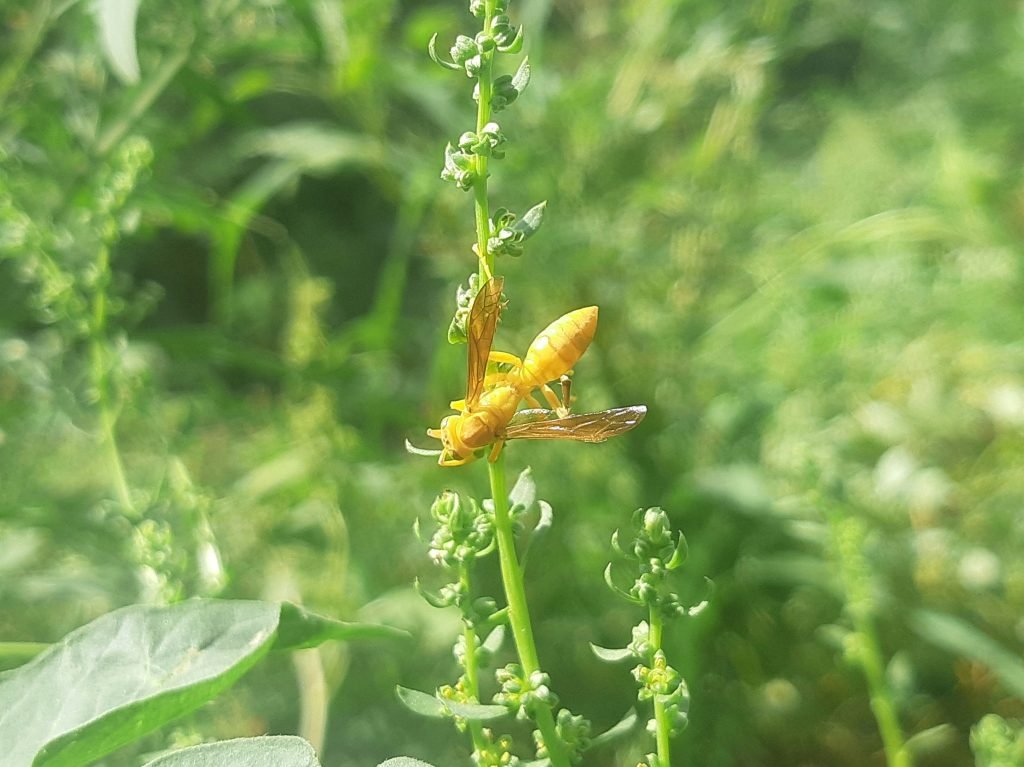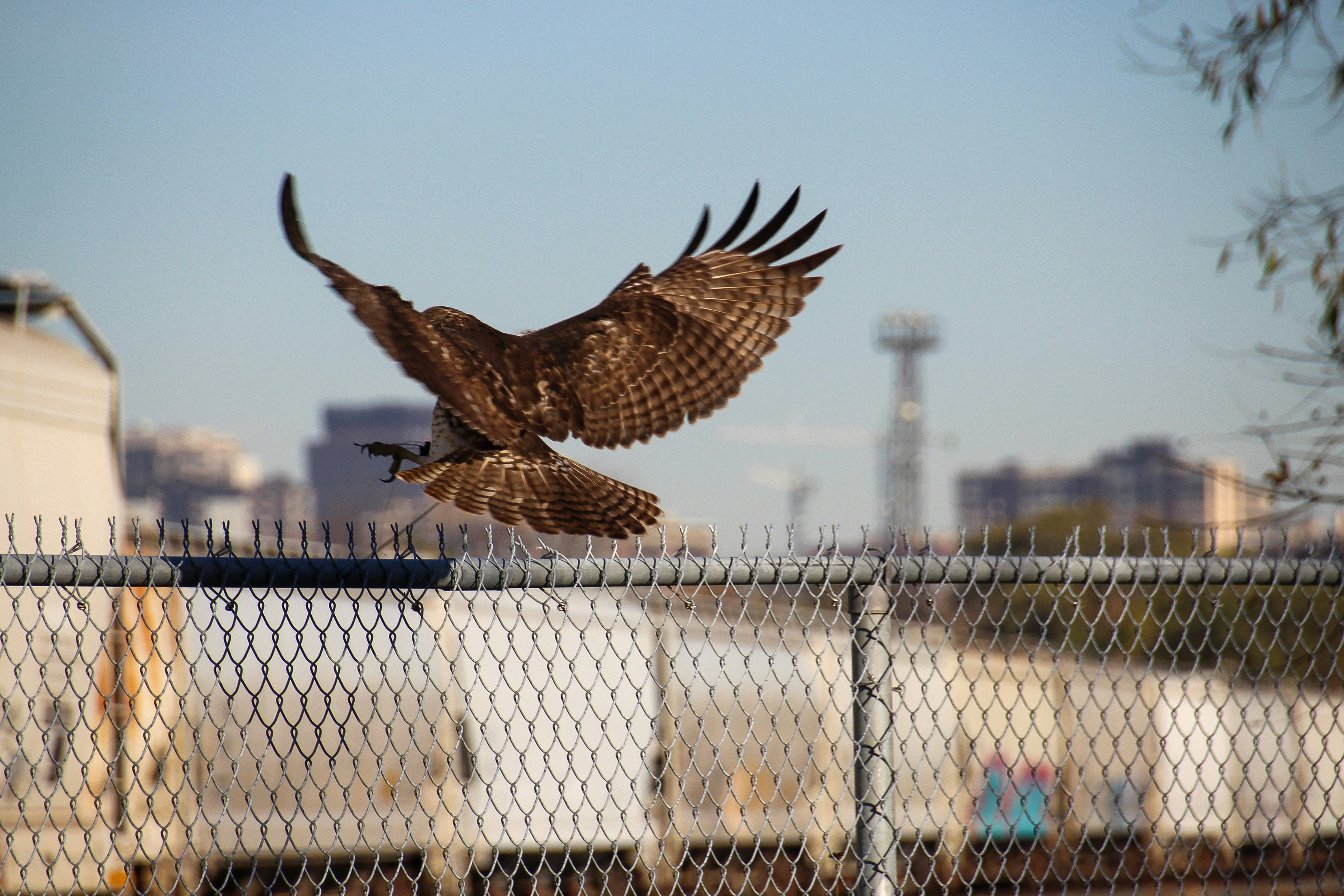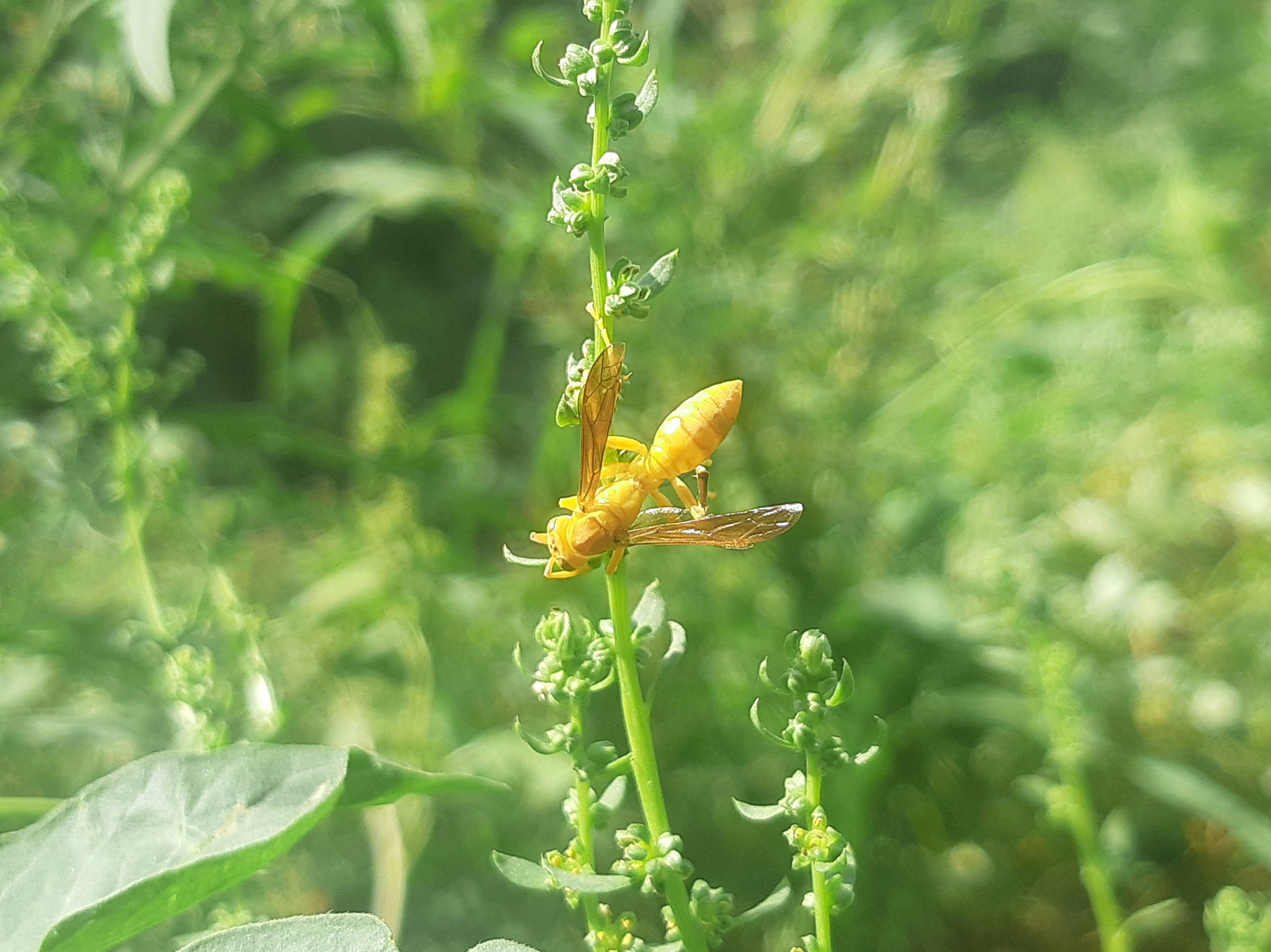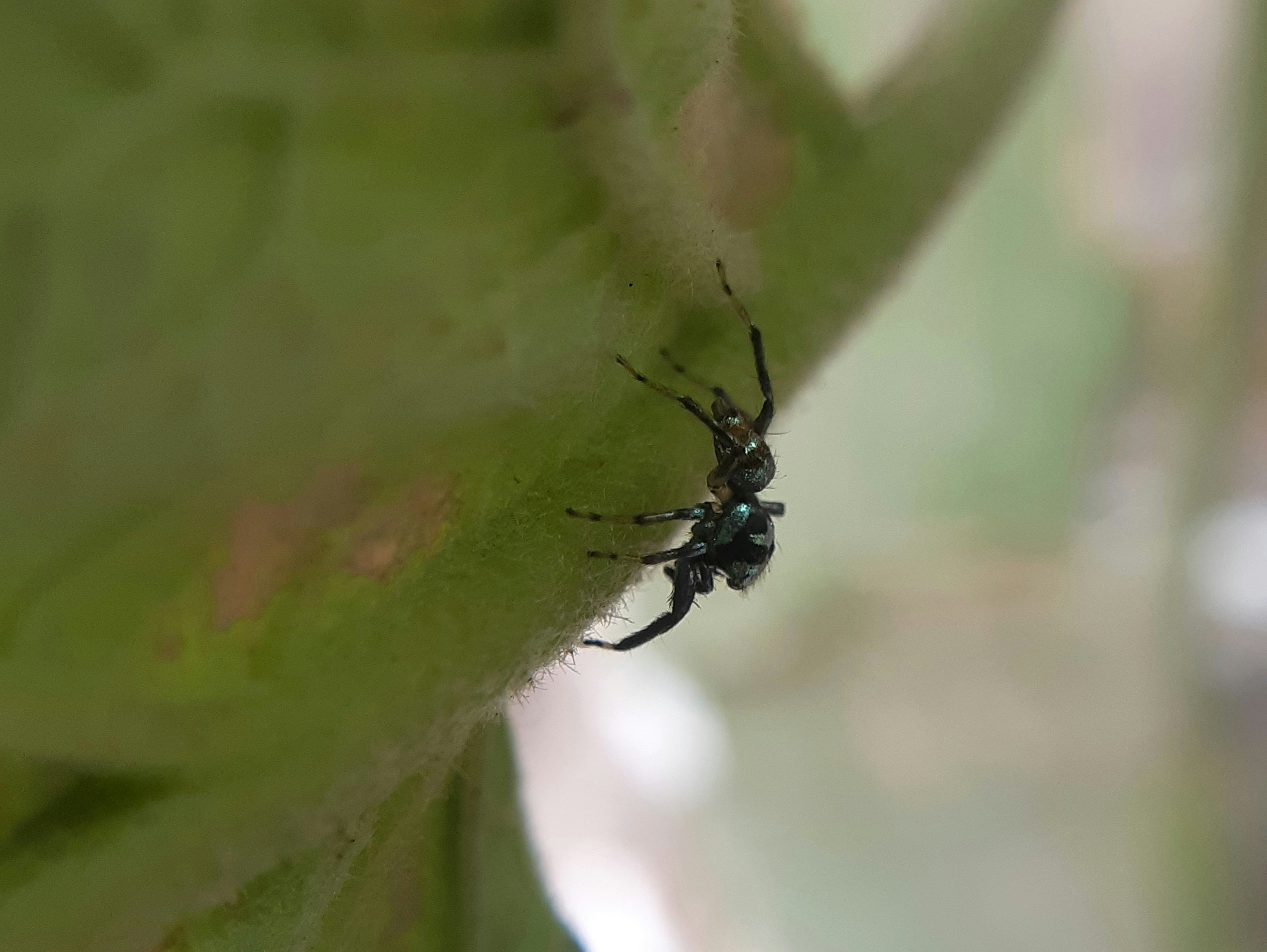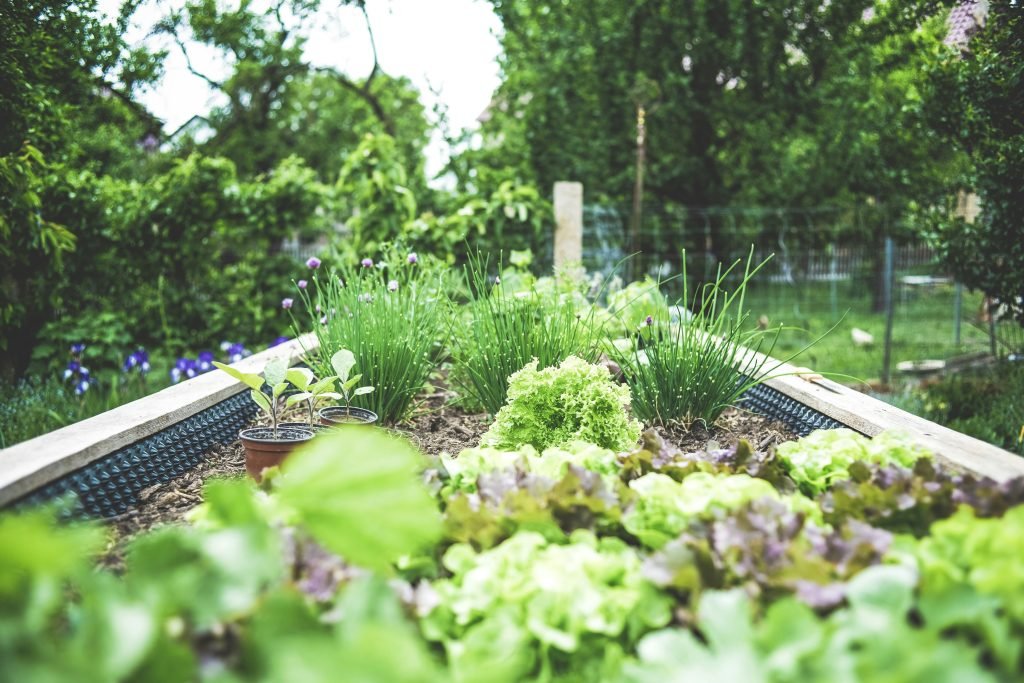Have you ever stepped out into your garden, only to find your carefully tended plants ravaged by pests? It’s disheartening, and you might be wondering what you can do to protect your garden from these tiny invaders. Fortunately, there are many effective strategies to safeguard your garden while maintaining its beauty and health.
This image is property of images.unsplash.com.
Understanding Garden Pests
Before you can effectively guard your garden, it’s important to identify the common pests that might invade your outdoor sanctuary. Knowing what you’re up against can help you tailor your protective measures.
Common Garden Pests
You may encounter a variety of pests in your garden. Here are some of the most common ones:
| Pest | Description | Damage Caused |
|---|---|---|
| Aphids | Small, soft-bodied insects, often green or black | Stunt plant growth, distort leaves |
| Caterpillars | Larval stage of moths or butterflies | Eat leaves, creating holes |
| Slugs and Snails | Soft-bodied mollusks, often found in damp areas | Chew on leaves, stems, and fruits |
| Spider Mites | Tiny arachnids that create webbing | Cause leaf discoloration and drop |
| Whiteflies | Small, white flying insects | Suck plant sap, leading to yellowing leaves |
Understanding these pests and their preferences sets the groundwork for effective prevention.
Preventative Measures
Preventing pest problems before they arise is crucial, and you have several options available. By employing good garden practices, you can create an environment that’s less hospitable to pests.
Soil Health
Healthy soil leads to strong plants, which can better withstand pest pressures. Here’s how to maintain soil health:
- Choose the Right Soil: Use well-draining, nutrient-rich soil that suits your plants’ needs.
- Crop Rotation: Change the location of your crops each season. This disrupts the life cycles of pests that may have taken up residence in a specific area.
- Compost: Incorporate organic matter to improve soil structure and fertility.
Plant Selection
Choosing the right plants can make a significant difference. Consider the following:
- Native Plants: They’re usually more resilient to local pests.
- Companion Planting: Some plants naturally repel certain pests. For instance, planting marigolds can deter nematodes and aphids.
Garden Design
Your garden’s layout can play a pivotal role in pest management.
- Diversity: Mixing different types of plants can confuse pests and reduce their chances of finding the plants they prefer.
- Physical Barriers: Using row covers or netting can provide a protective shield around your plants, preventing pests from reaching them.
This image is property of images.unsplash.com.
Active Pest Management
Despite all your efforts, pests might still find their way into your garden. When that happens, you can take additional proactive measures to control them.
Manual Removal
Sometimes the simplest solution is the best. Don’t overlook the power of your hands! Here are some easy techniques:
- Regular Inspections: Frequently check your plants for signs of pests. Catching them early can make removal much more manageable.
- Handpicking: For larger pests like caterpillars or beetles, handpicking can be an effective method. Just remember to wear gloves if you might touch something irritating!
Natural Predators
Encouraging beneficial insects can help keep pest populations in check. Here’s how to foster these allies:
- Ladybugs: These beetles are known to consume aphids and other small pests. You can attract them by planting dill or fennel.
- Lacewings: Their larvae will feed on aphids, spider mites, and other common pests. Planting a variety of flowering plants can help draw them to your garden.
Organic Pest Control
If pest problems persist, consider using organic solutions. These tend to be safe for your plants, beneficial insects, and the environment. Here are some options:
- Neem Oil: Derived from the seeds of the neem tree, this oil is effective against many pests and is safe for beneficial insects when used correctly.
- Insecticidal Soap: This soap can kill soft-bodied insects while being gentle on the plants.
- Diatomaceous Earth: Sprinkle this powder around your plants. It’s made from fossilized algae and can damage the exoskeletons of insects like slugs and beetles.
Chemical Solutions
If natural methods aren’t making a dent in your pest problem, you might be considering chemical pesticides. Proper usage is essential to protect your garden’s health.
Choosing the Right Pesticide
If you go down this route, be informed about the options available:
- Contact vs. Systemic: Contact pesticides kill pests on contact, while systemic ones are absorbed by the plants, making their tissues toxic to pests.
- Selectivity: Some pesticides target specific pests while leaving beneficial insects unharmed. Always read labels carefully to understand what you’re using.
Application Tips
To ensure your pesticide application is effective and safe:
- Timing: Early morning or late afternoon is often the best time to apply pesticides when beneficial insects are less active.
- Weather Conditions: Avoid applying pesticides before rain, as it can wash them away, making them ineffective.
Safety Precautions
When handling any chemical solutions, your safety should be paramount:
- Read Labels: Always follow the instructions on the label regarding application rates and safety precautions.
- Wear Protective Gear: Gloves, masks, and goggles can prevent you from coming into unnecessary contact with pesticides.
This image is property of images.unsplash.com.
Monitoring and Evaluation
Once you’ve implemented pest management techniques, it’s crucial to keep an eye on your garden’s health.
Regular Observations
Take note of your plants’ health and any ongoing pest issues:
- Keep a Garden Journal: Document your observations about pest activity, weather patterns, and effectiveness of control measures.
- Adjust as Needed: If a particular method isn’t working, don’t hesitate to try something new. Your garden is a dynamic environment, and what works might change.
Community Resources
Don’t hesitate to reach out for help if you’re struggling with pest management. There are various community resources available:
- Local Extension Offices: They often provide free resources and advice tailored to your area.
- Gardening Clubs: Joining local gardening clubs can give you access to shared experiences and solutions from fellow gardeners.
Sustainable Practices
Maintaining a garden free from pests doesn’t mean compromising on sustainability.
Integrated Pest Management (IPM)
IPM is a holistic approach to managing pests in an environmentally friendly way.
- Combine Methods: Use a mix of cultural, physical, biological, and chemical methods to keep pests in check.
- Threshold Levels: Understand that some pest presence is acceptable. Set action thresholds to determine when intervention is necessary.
Encouraging Biodiversity
Creating a diverse garden ecosystem can enhance your garden’s resilience against pests.
- Plant Varieties: Incorporate various plant species to attract a mix of beneficial insects and wildlife.
- Provide Habitats: Small ponds, birdhouses, and native flowering plants can attract pollinators and other beneficial wildlife.
Conclusion
Protecting your garden from pests doesn’t have to be a daunting task. With a blend of preventative measures, hands-on techniques, and a deep understanding of your garden’s ecosystem, you can create a bountiful and beautiful garden that thrives. Remember that gardening is a journey, and adapting your strategies will help you succeed. Enjoy the process, and may your garden flourish despite the challenges of pests!
With the right knowledge and a little experimentation, you can find a pest management approach that works for you, your plants, and the environment. Keep your spirits high and your plants healthy!

